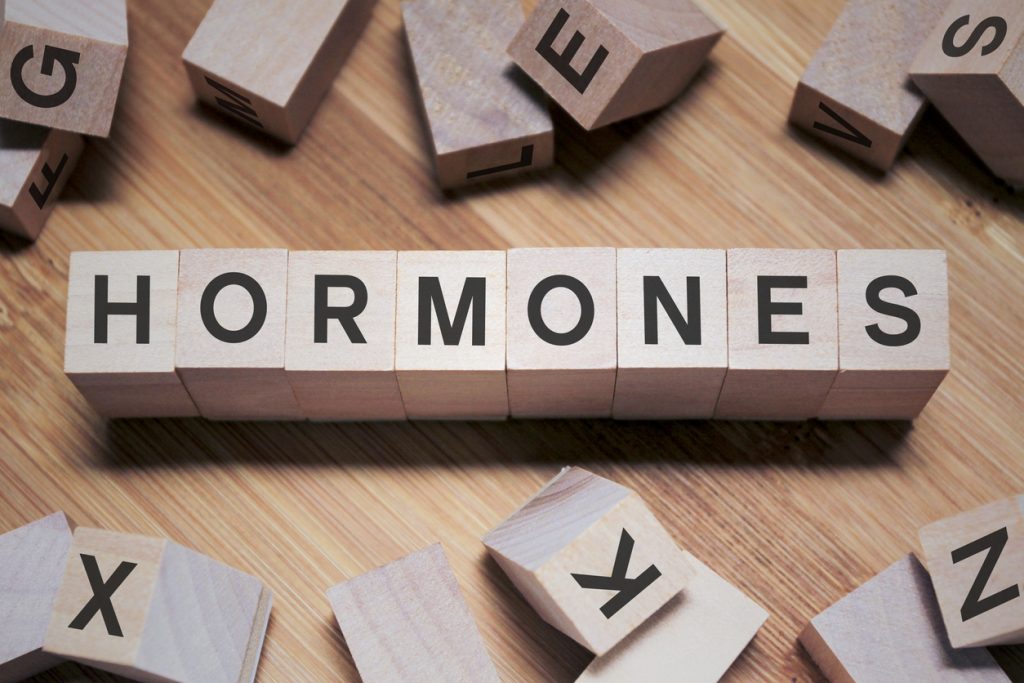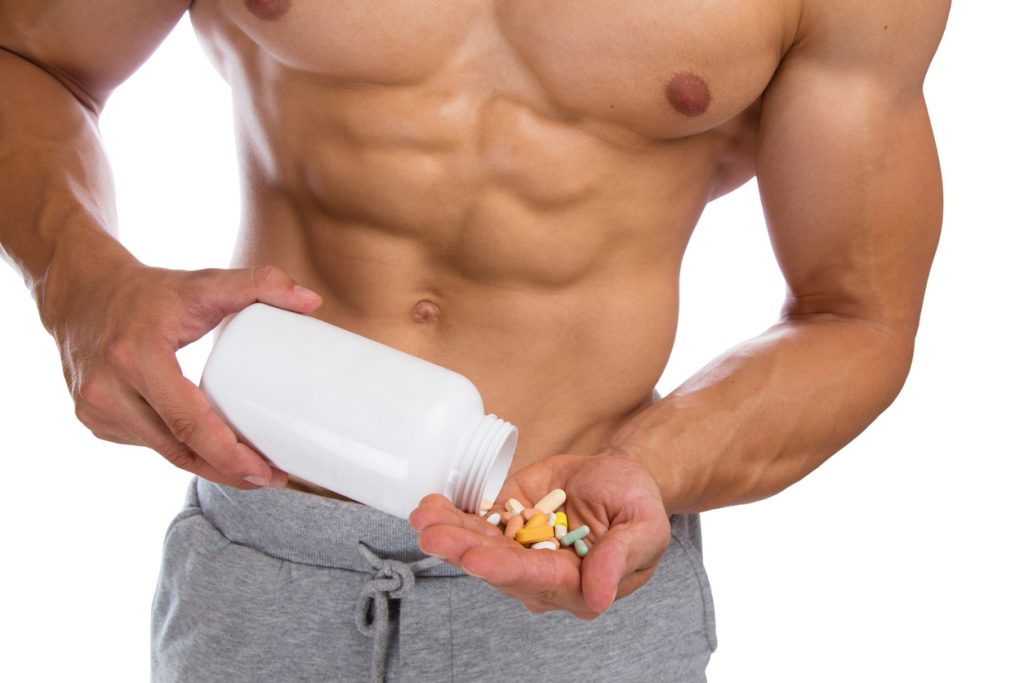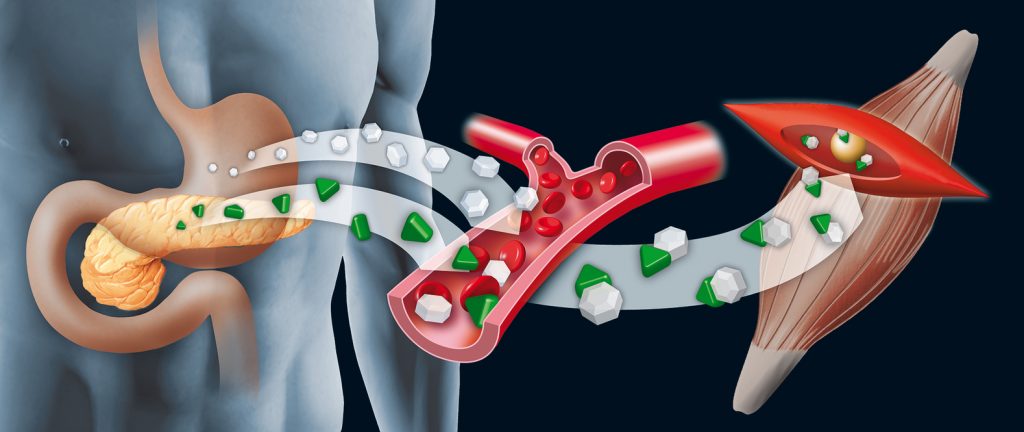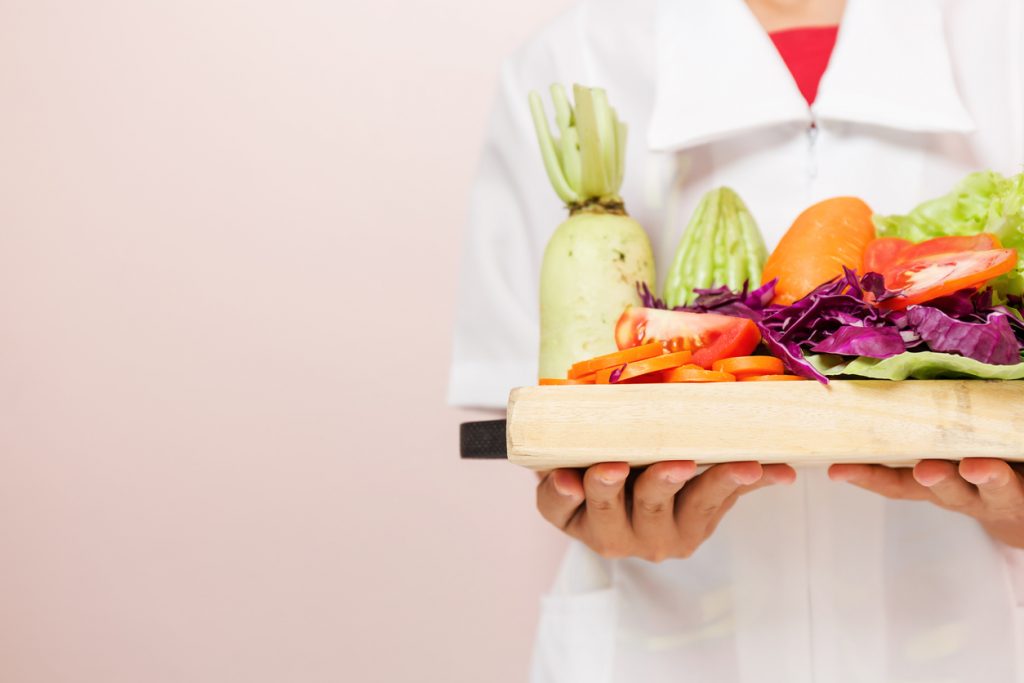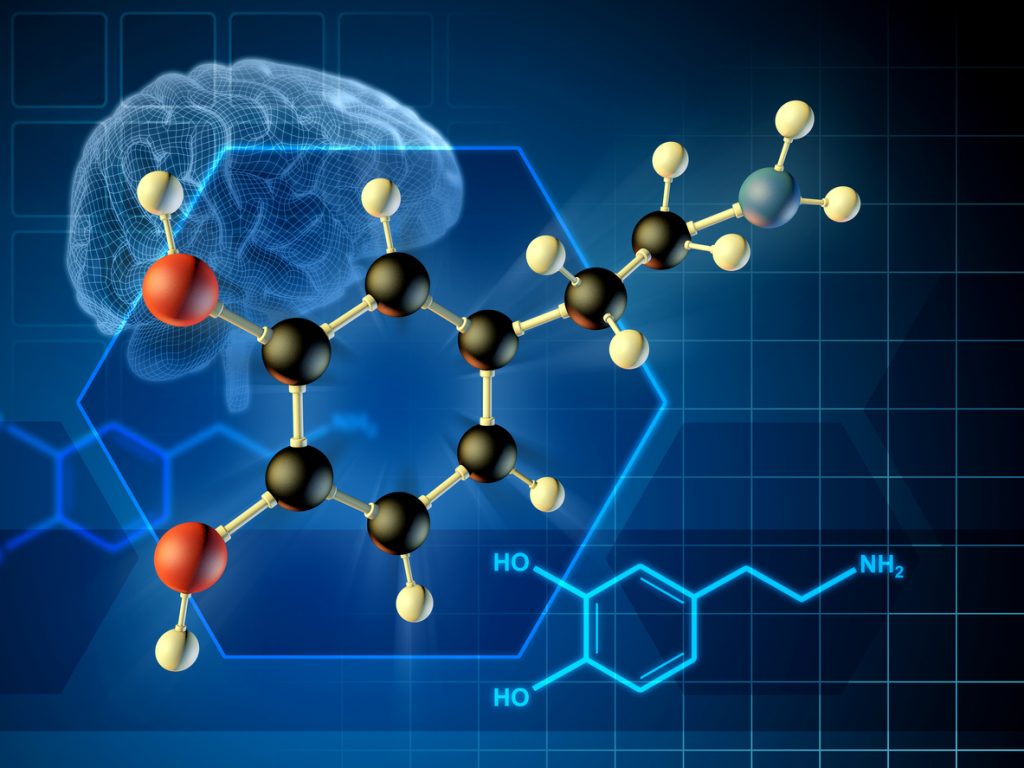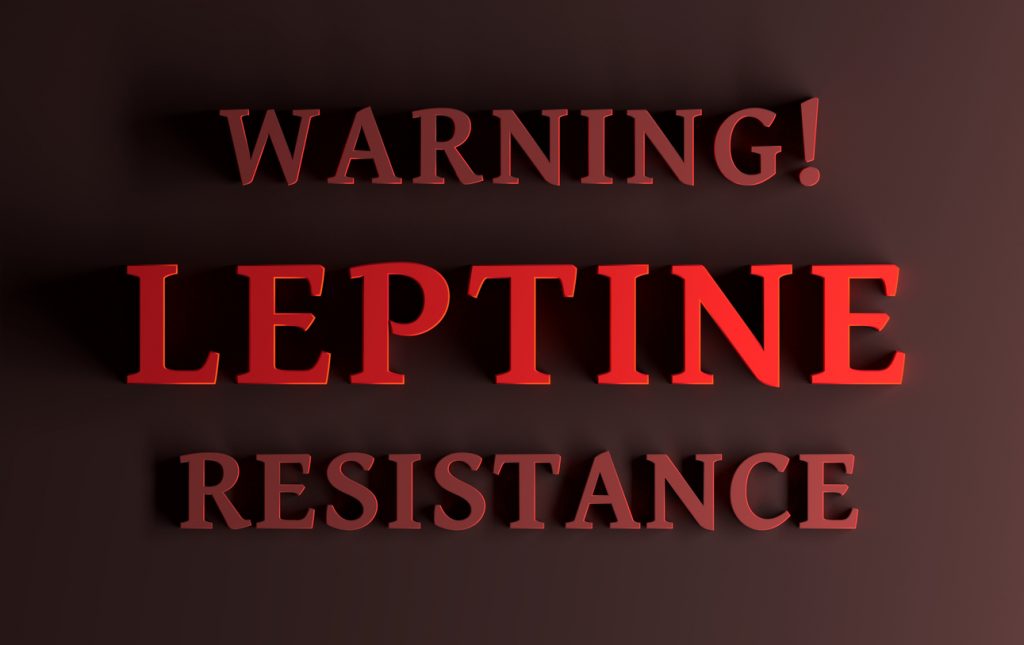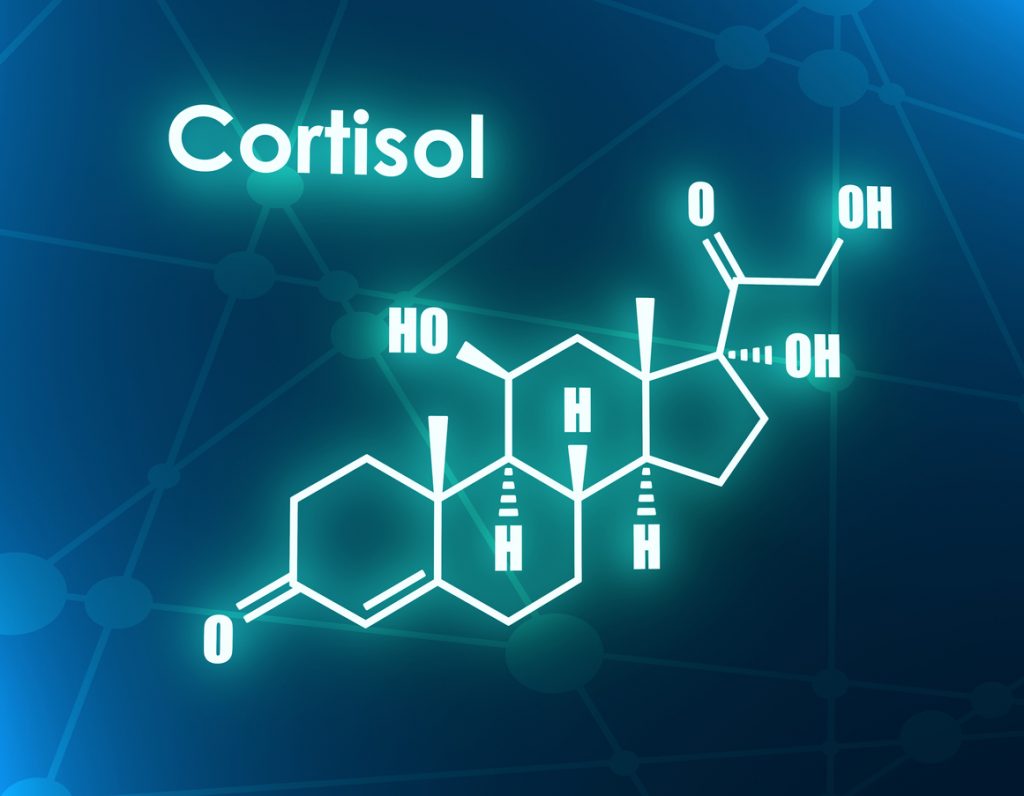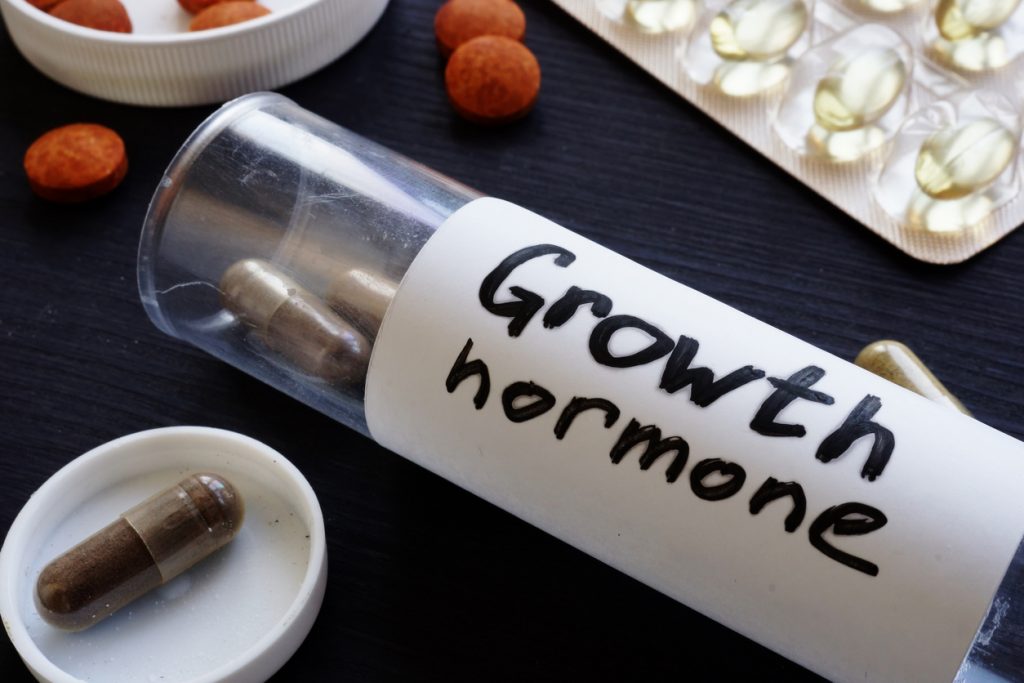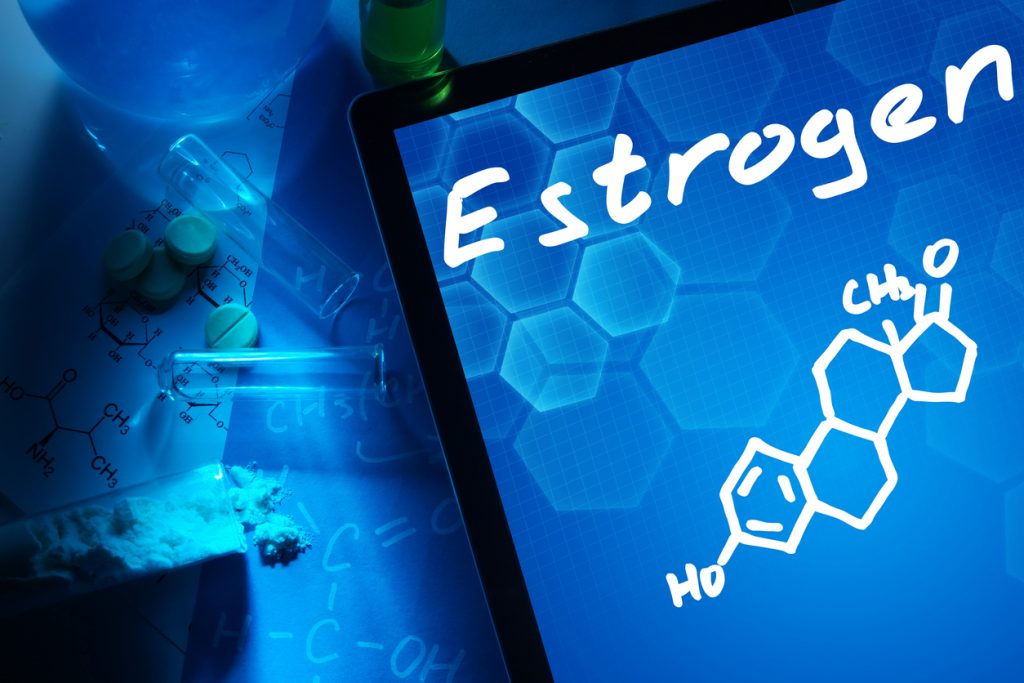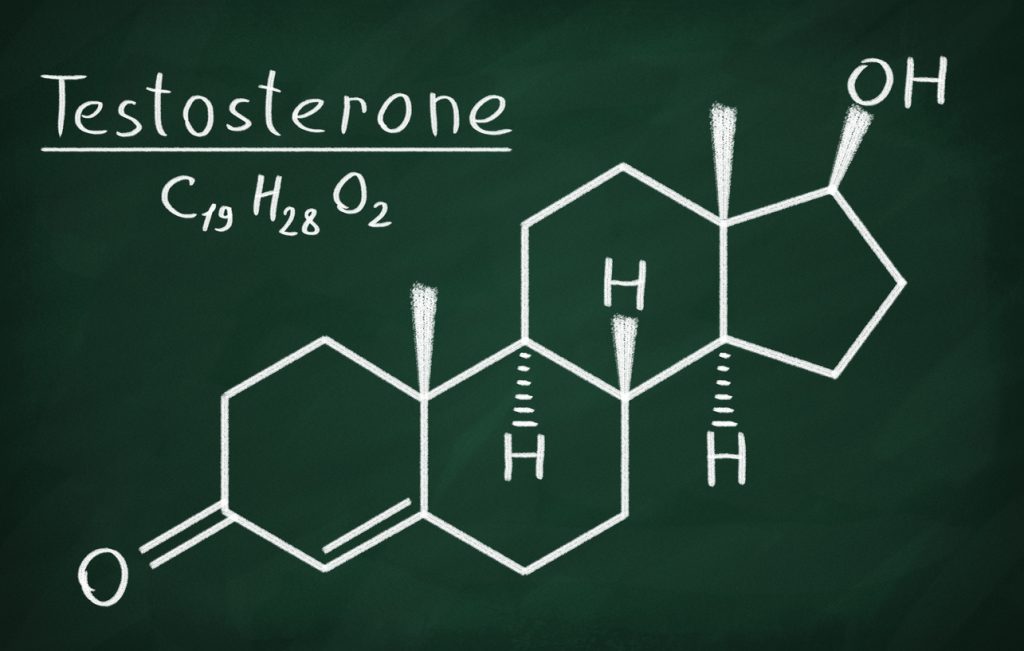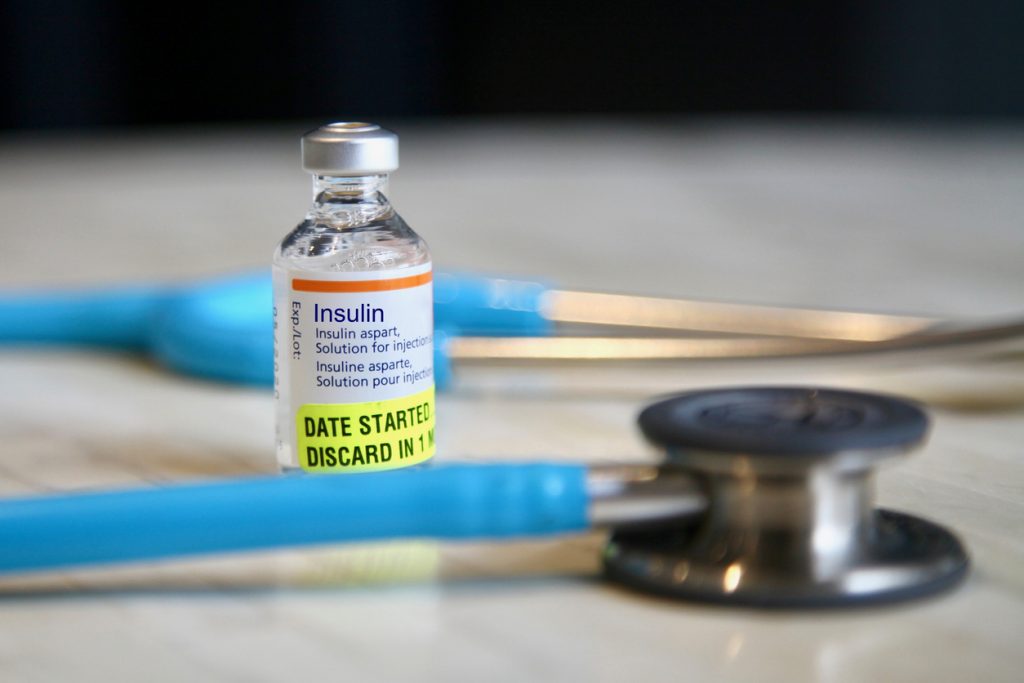The cells and organs of our body cannot function properly without hormones. By definition, these are chemical substances secreted by the endocrine glands. They multiply in the body by means of blood vessels. The presence of hormones in the blood allows the cells and tissues of the target organs to react according to their roles.
It should be noted that the commands transmitted by hormones are received very quickly, instantly or within hours. Specifically, they activate enzymatic reactions, cause muscle to contract or relax, alter cell membrane permeability, influence other secretions, and increase protein synthesis. The activation of the muscles determines the mobility of the body and the functioning of the organism.
What are the endocrine glands and hormones responsible for the muscle impulse?
L’hypophyse
Linked by the nervous system, the two parts of the pituitary gland secrete different hormones. This endocrine gland is really essential because it secretes several hormones.
- The posterior lobe or neurohypophysis
It stimulates the production of antidiuretic hormone. The latter activates the reabsorption of water in the kidneys.
This part of the pituitary gland is also very important in women because it secretes the hormone oxytocin. The contraction of the uterus during childbirth and the rising of the mother's milk are ensured by this hormone.
- The anterior lobe or adenohypophysis
This is the part of the pituitary gland that secretes several hormones. In total, this gland is responsible for the production of seven hormones.
Firstly, the growth hormone or somatotropic hormone or STH which by its name supports the growth and development of the body.
Next, the thyroid hormone which releases and produces the thyroid hormones or TSH.
Next, the adrenocortical hormone or ACTH which mobilises glucocorticoids in the adrenal cortex.
Next, follicle stimulating hormone or FSH, which creates the ovarian follicle in women and induces spermatogenesis in men.
Lutein-stimulating hormone or LH is also stimulated by the adenohypophysis and activates ovulation.
The anterior lobe also induces prolactin or LTH which stimulates lactation after pregnancy.
The pleasure hormone or endorphin is produced by the adenohypophysis.
The pancreas
Insulin and glucagon are produced in the islets of Langerhans in the pancreas. Insulin is responsible for balancing the glucose level in the blood. It allows the storage of fat in the adipocytes. Glucagon, on the other hand, increases the blood glucose level. It activates carbohydrate metabolism by disrupting glucogen and glucose synthesis using non-carbohydrate molecules such as proteins.
Adrenals
These glands are found at the ends of the kidneys including the adrenal medulla and adrenal cortex.
The catecholamines, adrenaline and noradrenaline are produced by the adrenal medulla. On the other hand, steroids are secreted by the adrenal cortex. These hormones are divided into three groups. The first group is the mineralocorticoids which ensure water metabolism. In particular, aldosterone plays an important role in the reabsorption of sodium. The second group is the glucocorticoids. They influence glucose metabolism and the metabolism of proteins and fats. In principle, cortisol, which is among the glucocorticoids, stimulates the synthesis of glucose by amino acids and circulates the lipids stored in the adipose tissue. The third group is the adrenal androgens.
The thyroid
This gland is located at the bottom of the larynx. Thyroxine and triiodothyronine are the thyroid hormones. They accelerate metabolism including protein synthesis, the amount of intracellular enzymes, the size and number of mitochondria, glycolysis and fatty acid oxidation.
Parathyroids
On the dorsal surface of the thyroid are also these tiny glands. They produce the parathyroid hormone or parathormone, which controls the metabolism of calcium. They activate it with calcitonin.
Ovaries and testicles
These are the genital glands that produce sex hormones. Particularly in women, oestrogen and progesterone are the products of the ovaries. In addition, testicular androgens are stimulated by the testicles in men. In principle, lutein or LH created by the adenophyseal gland is the producer and releaser of these hormones. Secondary sexual characteristics are defined by androgens and promote anabolism or protein synthesis as well as reducing catabolism.
Fatty tissue
Leptin is the hormone that makes up fat tissue. This hormone regulates the feeling of hunger. The appetite is therefore stimulated according to the volume of the fat mass.
What is the relationship between physical work and hormonal reactions?
Thyroid hormones
These hormones increase as training progresses. In the case of cross-country skiers, one study showed that a 70 km race lasting around 5 to 7. 5 hours promotes a rise in hormone levels. In particular, this physical exercise has an immediate effect on this hormone after the effort. Afterwards, the hormones return to their initial concentration after a few days of the event. Low intensity exercise has no effect on thyroid hormones. The evolution of the latter represents the development of basal metabolism including heat sensitivity, increased sweating, weight loss, fatigue and insomnia.
Aldosterone and antidiuretic hormone
The adrenal cortex which is among the mineralocorticoids secretes this hormone, under the name ADH. Intense physical exercise promotes the production of ADH. This substance activates the sympathetic systems, loss of sodium, decrease of plasma volume and increase of its osmolarity. ADH leads to water conservation, sodium conservation which promotes water reabsorption.
Adrenaline and noradrenaline
Intense training amplifies the levels of adrenaline and noradrenaline. These hormones influence the metabolism especially the cardiovascular system.
Insulin and glucagon
These hormones produce effects in the liver. Insulin absorbs glucose through the liver and releases fatty acids through the adipose tissue. Glucagon, on the other hand, releases glucose from the liver and fatty acids from the adipocytes. Throughout training the glucagon level rises and the insulin level is reduced.
Cortisol
After physical exertion, specifically during fatigue, cortisol increases. It causes the synthesis of glucose from non-carbohydrate sources, this phenomenon is called gluconeogenesis which increases the amount of glucose.
Sex hormones
Androgens and estrogen are most stimulated during training. On the other hand, testosterone can also be aroused. The latter is beneficial for those who wish to build muscle as it promotes protein anabolism.
The growth hormone
Obviously, physical activities allow the stimulation of this hormone. It is produced during very intense training. The production is progressive after exercise which can increase up to 35 times compared to normal.

